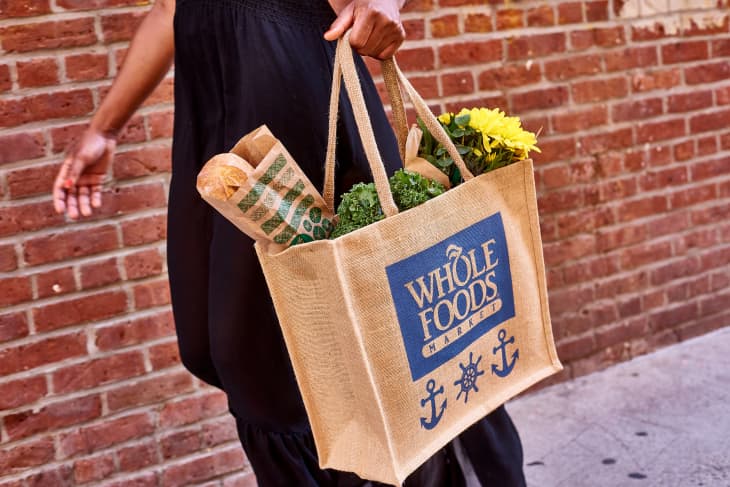Whole Foods Shutters Their Budget 365 Store Format
Two years ago, when Amazon bought out the Whole Foods chain of grocery stores, a million questions floated around about what this meant for the quality, prices, and format of the once cutting-edge shop. Now, we’re starting to see some of those results in actual actions — starting with the end of the 365 brand of stores.
Grocery Dive reports that Whole Foods will sunset the 12-store 365 group. While the current stores will remain open, the brand won’t evolve or open any new stores. The 365 stores were an attempt by the Austin-based chain to shed its “whole paycheck” reputation and appeal to a younger and more price-conscious consumer. With a focus on appealing marketing and private-label products, the smaller stores seemed to be following the direction that many grocery experts have been expecting the industry to go.
Instead, the Amazon buyout seems to have cut that off, and Whole Foods is now focusing on lowering prices at the flagship brand — through Amazon’s own Prime program and with Amazon’s deep pockets allowing the stores to invest in lower prices. Additionally, Amazon had already been working on its own smaller stores, the innovative no-checkout Amazon Go stores, which started opening just about a year ago.
Meanwhile, they’re also looking at expanding their larger store formats, as Grub Street noted that they’ve been “circling the sun-baked corpses of shuttered department stores,” a fabulous turn of phrase to describe the grocery group’s interest in the locations of old Sears and Kmart stores. That pair has closed nearly 330 stores in the last three years, some of which, the article reminds, are in places sadly bereft of Whole Foods markets, such as Wyoming, Montana, Alaska, and the Dakotas. Something that the Wall Street Journal smartly noted late last year would help put far more people within range of Amazon’s prized two-hour delivery range.
